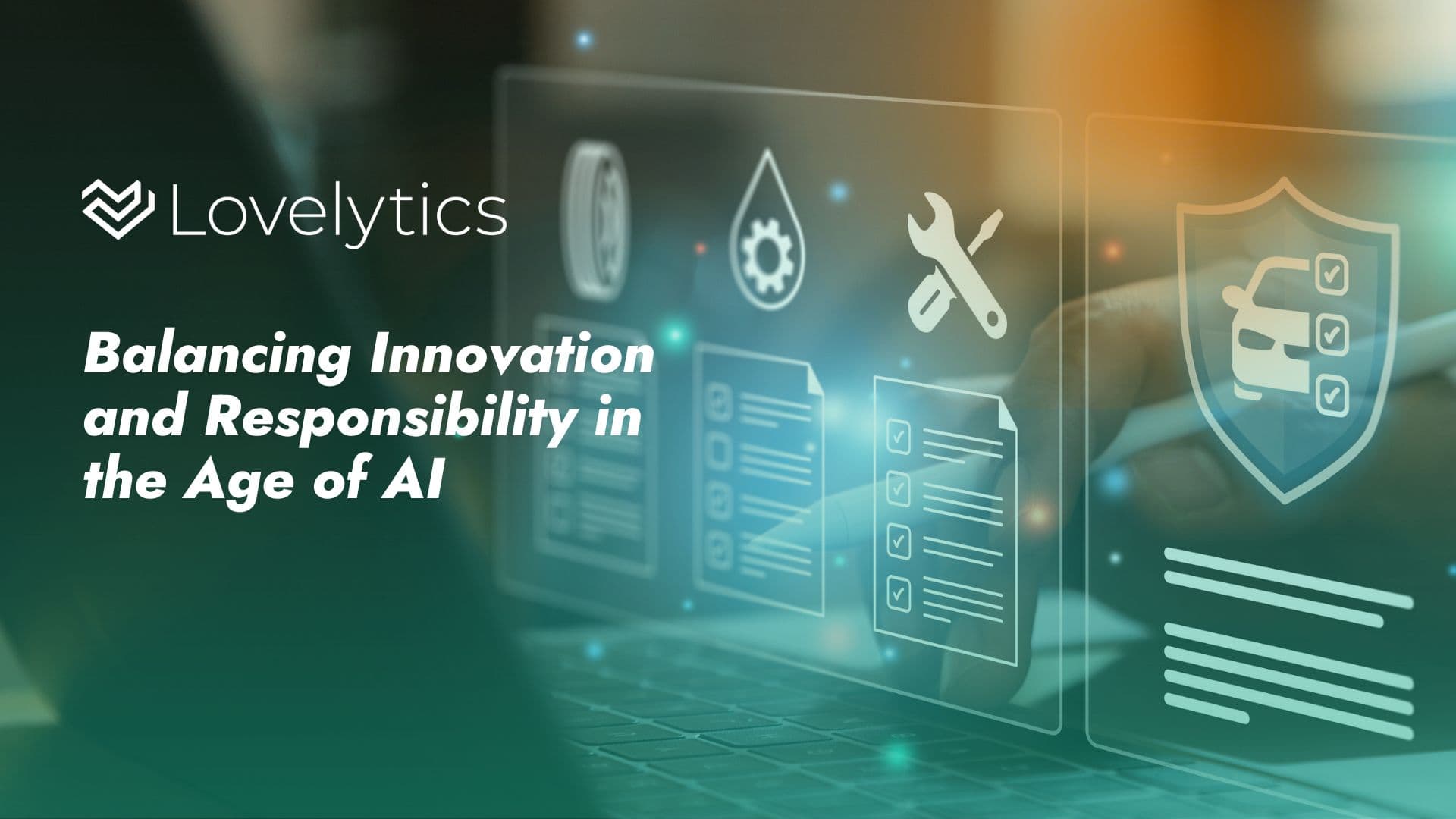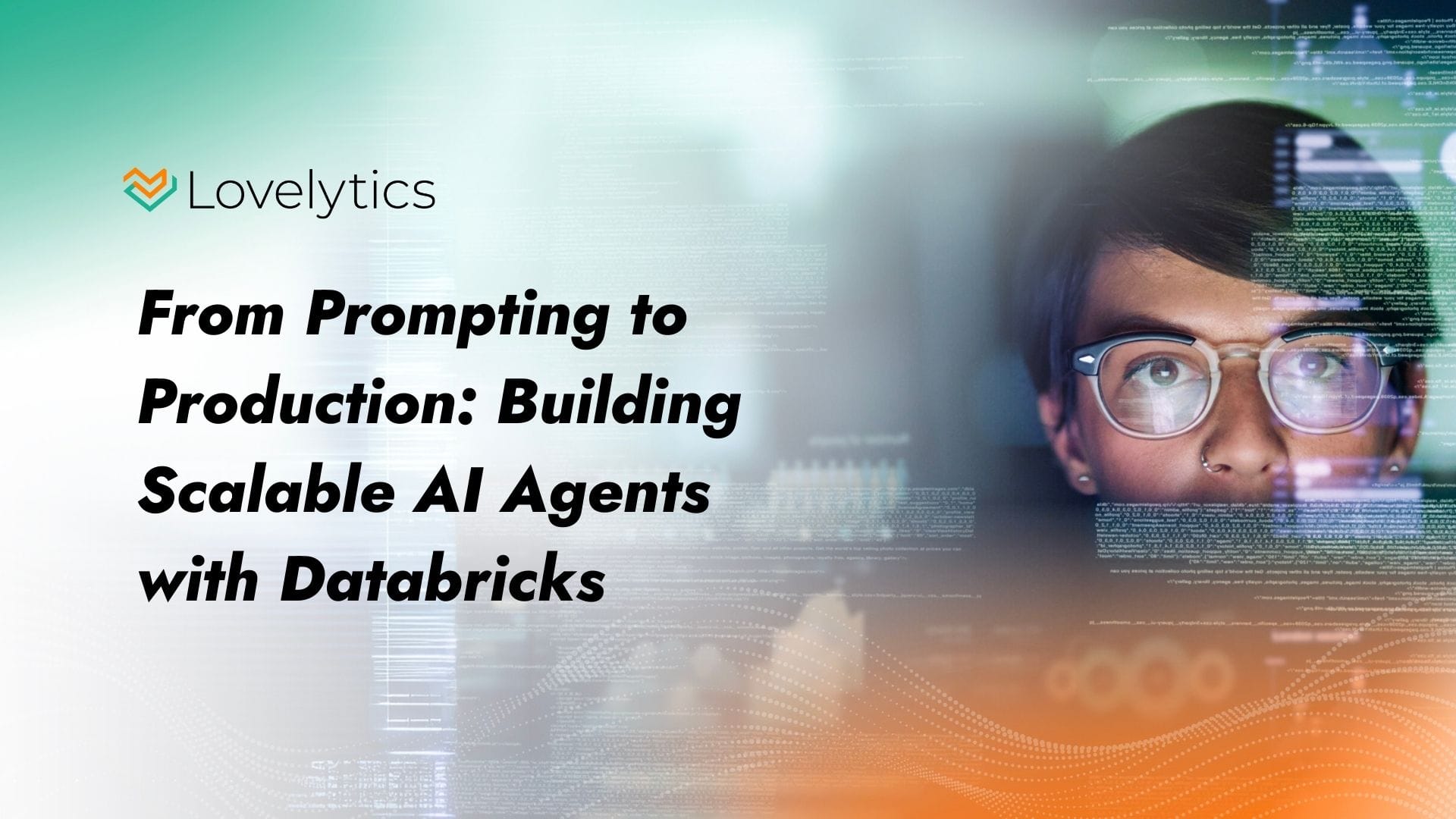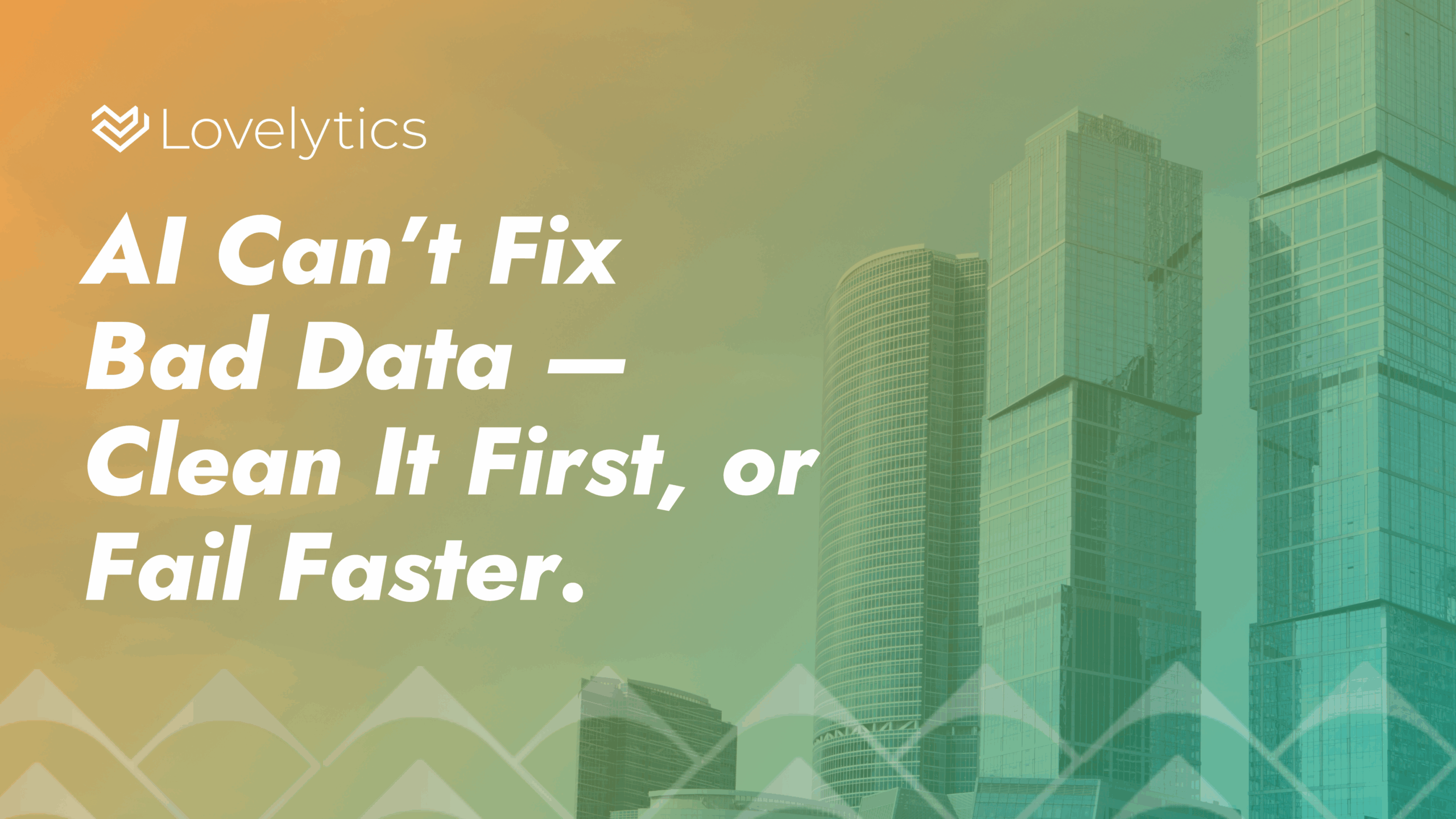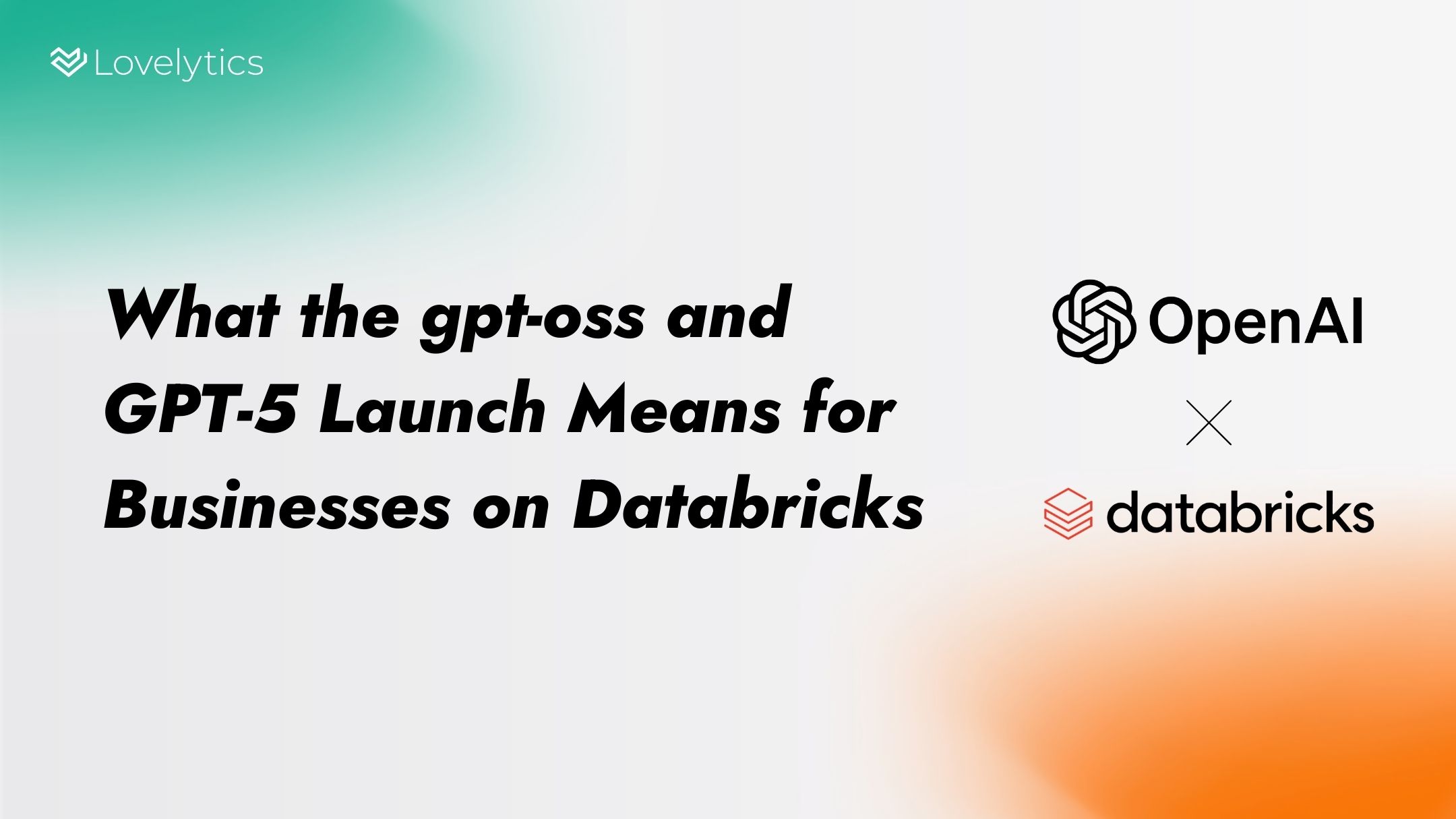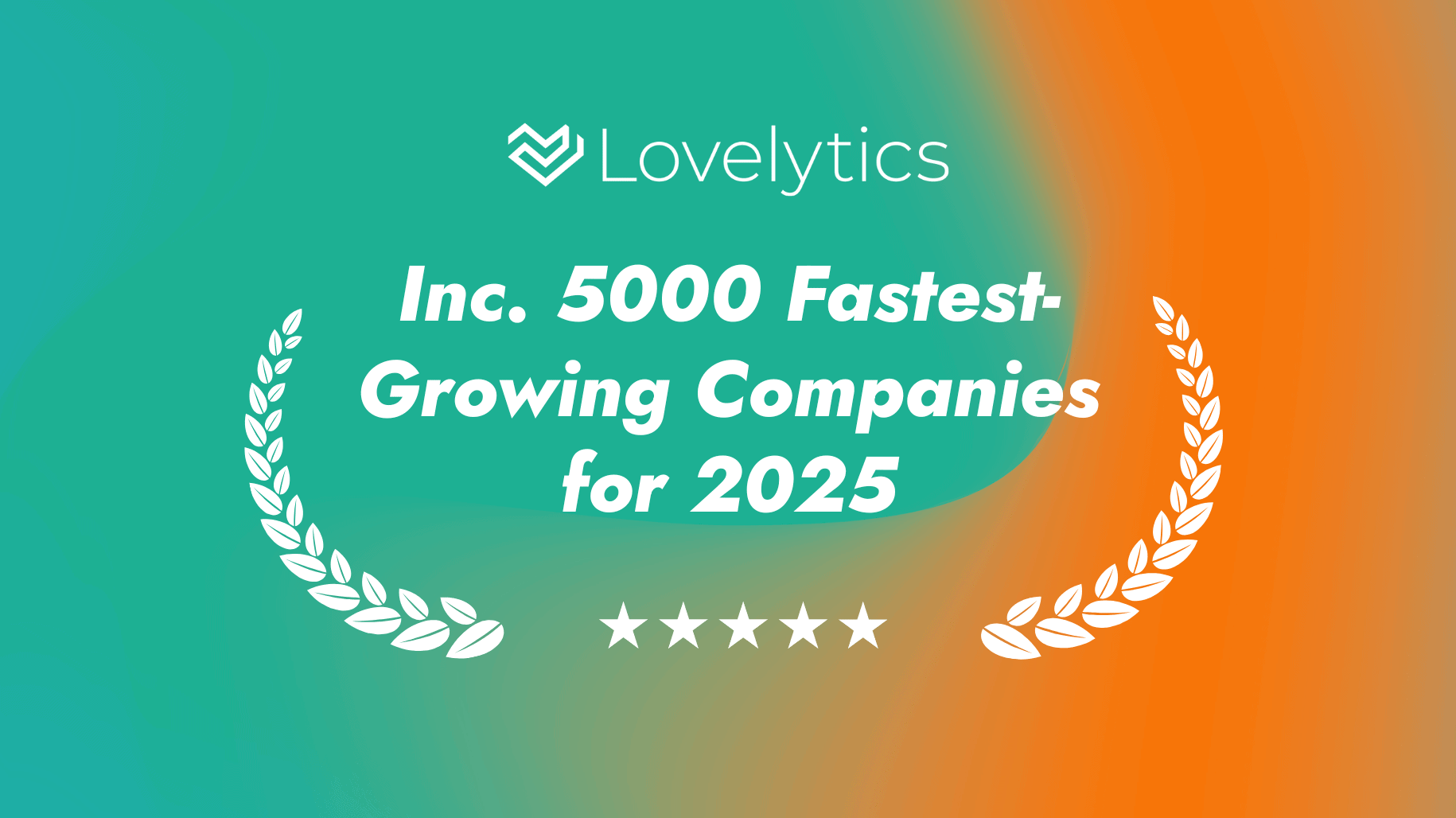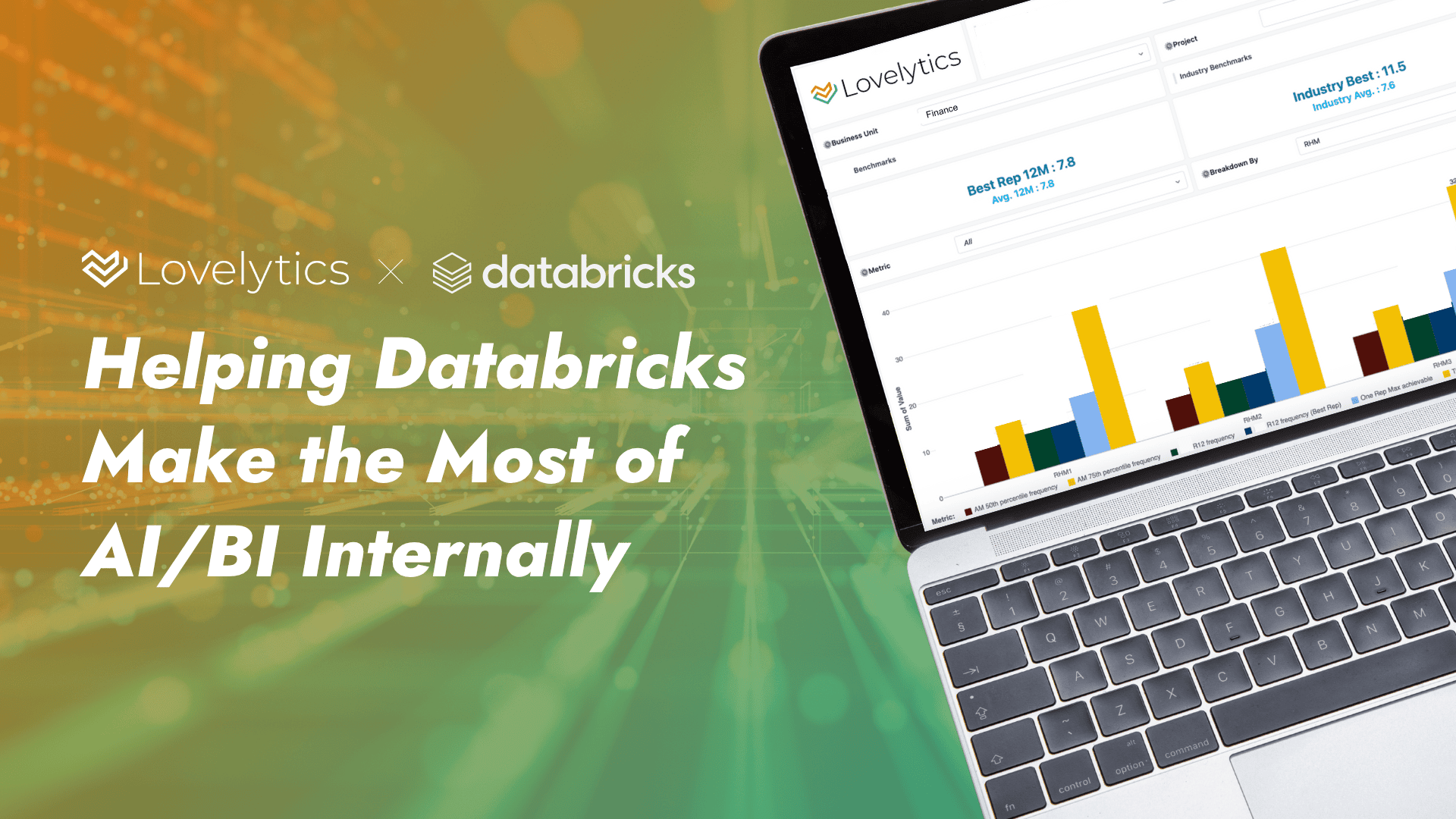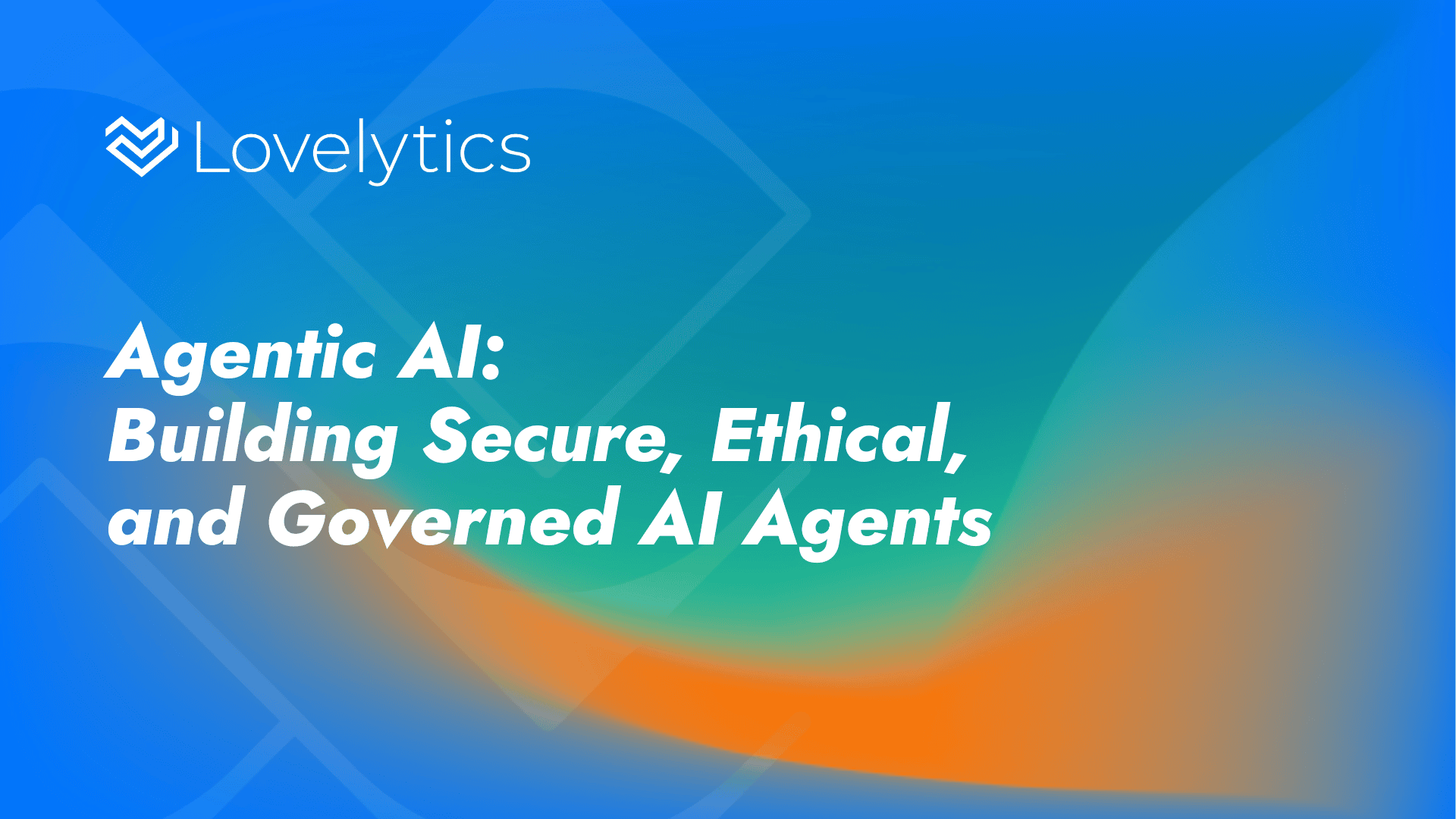The Business Enablement Mirage
Organizations today are racing to enable their businesses through digital transformation, AI-powered insights, and connected workflows. Yet many of these initiatives stall out, not because the technology is inadequate, but because the foundational elements of governance, people, and processes, aren’t aligned. Leaders often find themselves frustrated when shiny new platforms fail to drive adoption, or when business users revert to manual workarounds despite investments in automation. This is not a failure of vision; it’s a failure of foundation.
The root cause? A combination of poor data governance and a lack of attention to organizational change, roles, and processes. Together, they operate like an invisible handbrake. Quietly, persistently slowing down every effort to enable smarter, faster, more scalable business execution.
Governance, People, and Process: The True Enablers
The word “governance” often evokes thoughts of compliance checklists and bureaucratic overhead. But in practice, governance is what enables confident, coordinated action. It is the mechanism that allows different parts of an organization to speak the same data language, operate with trust, and align around common goals.
Maybe we should just call it what it is…Data Enablement, instead of Data Governance??
Either way, governance alone isn’t enough. Without clear ownership, trained users, and streamlined business processes, even well-governed data can sit unused or be misapplied. True enablement depends on the integration of:
- Role-based access to accurate, timely data
- Clear definitions and consistent KPIs
- Trusted lineage and traceability of metrics
- Ownership, stewardship and accountability at the domain level
- Business processes that adapt to data-driven ways of working
- A culture of data literacy, democratization and shared responsibility
When any one of these is missing, friction increases and business enablement suffers.
Real-World Friction: When Foundations Are Misaligned
The consequences of weak governance or broken processes are rarely dramatic. Instead, they manifest as everyday friction:
- Sales teams don’t trust the CRM pipeline data, so they maintain shadow spreadsheets.
- Finance leaders dispute numbers in quarterly reviews because definitions vary by system.
- Product launches get delayed because no one agrees on which SKUs are valid.
- Data scientists spend 80% of their time wrangling messy, undocumented datasets.
- Employees are overwhelmed by tools they don’t know how to use, leading to poor adoption.
These aren’t just data problems. They’re organizational problems that stem from misaligned governance, unclear roles, and inconsistent processes. Each of these undermines the promise of business enablement.
The Enablement Multiplier: When Foundations Are in Sync
In contrast, organizations that embed governance, process design, and change management early in their enablement programs create a multiplier effect:
- Revenue operations platforms aligned with governed definitions and aligned workflows increase sales team productivity.
- Finance teams using governed metrics and streamlined planning cycles improve the speed and accuracy of forecasting.
- Supply chain decisions based on trusted data and well-defined escalation paths lead to faster pivots during disruptions.
- Business teams empowered through training and ownership take accountability for outcomes.
This is what enablement looks like when trust, clarity, and readiness are built-in. Business teams move faster, collaborate more effectively, and spend more time making decisions than debating data or process steps.
From Obstacle to Asset: Reframing Governance and Change
The key is to evolve governance and change management from defensive postures to business-aligned enablers. That means:
- Defining governance outcomes in business terms: improved margins, faster decisions, reduced risk.
- Empowering domain owners and frontline users to steward both data and process with support from central teams.
- Prioritizing governance and process refinement for high-impact domains instead of trying to boil the ocean.
- Embedding governance and change enablement into business processes, tools, and workflows.
- Supporting a culture of continuous learning and cross-functional collaboration.
Modern enablement is not about controlling every detail. It’s about creating conditions where the business can move confidently and consistently.
The Opportunity Hidden in Friction
Every inefficient manual workaround, every low-trust dashboard, every stalled initiative — these are symptoms of latent value waiting to be unlocked. With the right mix of governance, process clarity, and cultural readiness, business enablement becomes more than a technology project. It becomes a capability: the ability to consistently turn data into action across every function and domain.
According to recent research, organizations with strong foundations in governance and organizational alignment:
- Realize value from digital investments 2x faster
- Are 3x more confident in their data-driven decisions
- Experience 60% fewer delays in strategic initiatives
Conclusion: Business Enablement Begins with Alignment
In a business environment defined by rapid change, the ability to execute with speed and precision is the ultimate competitive edge. But speed without trust is chaos. Execution without process is guesswork. And transformation without people is a pipe dream.
Enablement isn’t just about new tools or dashboards. It’s about aligning governance, process, and people so that transformation becomes execution, and execution becomes impact.
Governance isn’t the thing that slows you down. It’s the thing that allows you to move fast without crashing. It’s not the handbrake, it’s the traction.
As organizations continue to invest in enablement, transformation, and AI, the winners will be those who treat governance and organizational alignment not as afterthoughts, but as the essential foundation for every business decision to come.
If your organization is struggling to turn data into action, it might be time to step back and assess the foundations. Start with a clear-eyed look at your governance model, process alignment, and change readiness.
At Lovelytics, we help organizations build the trust, clarity, and structure needed to enable true business execution.
Let’s talk about how to turn friction into forward momentum.




